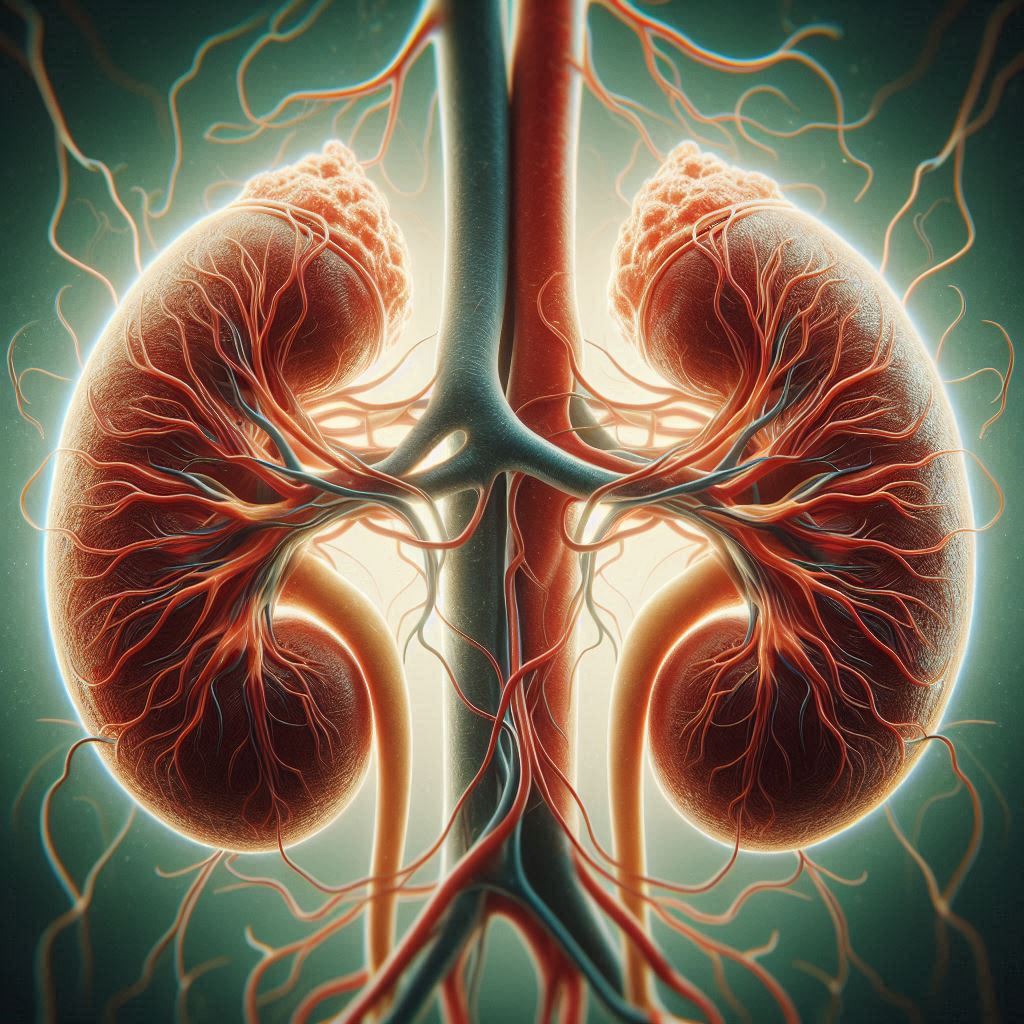Mononeuritis multiplex is a peripheral nerve disorder involving simultaneous or sequential damage to multiple, separate nerve trunks. It leads to sensory and motor deficits in the distribution of affected nerves, often presenting as asymmetric weakness, numbness, or pain.
Causes:
- Vasculitis (e.g., polyarteritis nodosa, rheumatoid arthritis)
- Diabetes mellitus
- Infections (e.g., Lyme disease, HIV, leprosy)
- Autoimmune diseases (e.g., Sjögren’s syndrome, lupus)
- Sarcoidosis
- Malignancies (e.g., lymphoma)
- Drug reactions or toxins
Symptoms:
- Sudden or progressive weakness in specific muscles
- Sensory loss or tingling in distinct nerve distributions
- Pain, often burning or stabbing
- Symptoms typically affect multiple, non-adjacent areas (e.g., one hand and a foot)
Diagnosis:
- Clinical exam: Asymmetric nerve deficits
- Electromyography (EMG)/Nerve conduction studies: Confirm multifocal nerve involvement
- Blood tests: Screen for vasculitis, diabetes, infections, or autoimmune markers
- Nerve biopsy (rare): To identify vasculitis or amyloidosis
- Imaging: Rule out compressive lesions or systemic disease
Treatment:
- Address underlying cause:
- Immunosuppressants (e.g., corticosteroids, cyclophosphamide) for vasculitis
- Glycemic control for diabetes
- Antibiotics/antivirals for infections
- Pain management: Gabapentin, pregabalin, or amitriptyline
- Physical therapy: To maintain muscle strength and function
Prognosis: Varies by cause. Early treatment of underlying conditions (e.g., vasculitis) can improve outcomes, but chronic cases may lead to permanent nerve damage.
Disclaimer: owerl is not a doctor; please consult one.

Leave a Reply